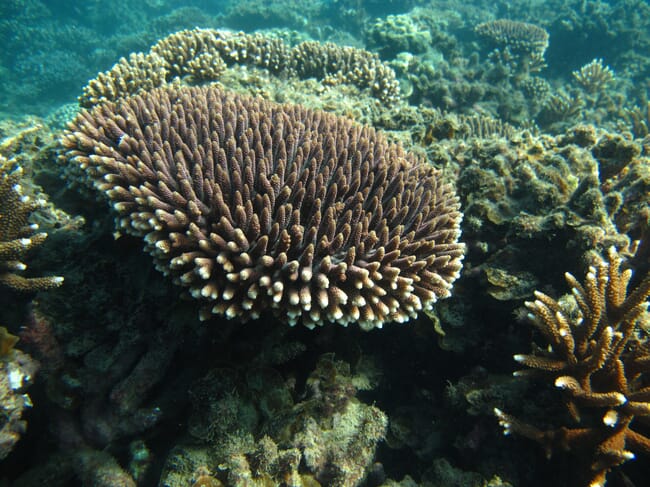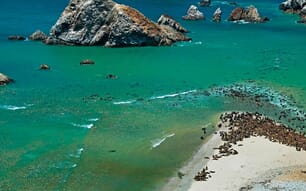
The Small Island Developing States have issued a call for the ratification and implementation of the High Seas Treaty, which would prioritise action against climate change related biodiversity loss. The call was issued during a high-level event, “SIDS leadership in the Race for Ratification – action to protect marine biodiversity in areas beyond national jurisdiction,” held at the United Nations Fourth International Conference on Small Island Developing States.
The High Seas - the areas of the world’s oceans which lie outside of national jurisdictions - covers a vast area of the globe and contains a significant portion of global marine biodiversity. Despite this, less than 2 percent of the global High Seas is fully protected under current legislation. These ecosystems provide a broad range of functions and services, and their collapse may have wide and devastating impacts on the fisheries and aquaculture sectors.
“Small Island Developing States are at the frontline of the escalating crises of global heating, biodiversity loss, and pollution, and yet they are continuing to lead the fight for ocean climate action,” said High Seas Alliance director Rebecca Hubbard, in a press release following the event.
“The new High Seas Treaty represents a rare and critical opportunity for humankind to mitigate these crises by protecting biodiversity in the ocean beyond national jurisdiction (BBNJ) and building its resilience to climate change and other stressors,” she added.
Currently five States have ratified the Treaty, with three of these being SIDS. Once 60 countries have ratified the Treaty, it will become the first international law to mandate the conservation and management of biodiversity beyond national jurisdiction.
The implementation of the Treaty would mark a significant step towards achieving the goal of the Kunming-Montreal Global Biodiversity Framework to protect 30 percent of global oceans by 2030. This is because it will provide the world’s first international legal framework to create marine protected areas (MPAs) on the High Seas and require comprehensive environmental impact assessments of potentially harmful activities in this vast ocean area.
One of the key features of the High Seas Treaty is the inclusion of Indigenous Peoples and local communities (IPLC) and their traditional knowledge in the decision and policy-making process.
“80 percent of the world’s remaining biodiversity is situated in the territories of Indigenous Peoples, who have been preserving marine ecosystems for thousands of years. By integrating Indigenous knowledge into the High Seas Treaty, we recognise the invaluable contributions of Indigenous Peoples and tap into a wealth of wisdom honed over millennia,” said Ghazali Ohorella, BBNJ advisor, International Indian Treaty Council.




